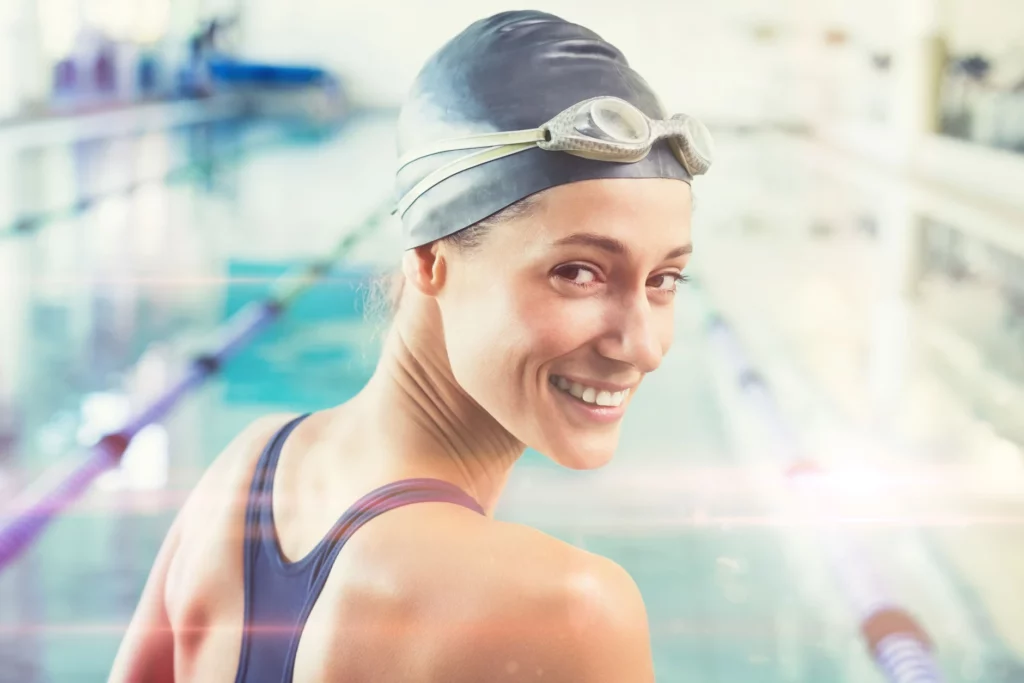Aqua jogging is a common cross training technique for runners. It can be used to keep up fitness while being injured or to add during a training cycle.
When done correctly aqua jogging can be a great tool for maintaining fitness during an injury or to add to a training regimen.
A few easy tips:
- Wearing a long sleeve shirt keeps your body temperature higher, which increases the demands on the body. Your heart has to pump faster in order to increase circulation for cooling down your body. Without a shirt your body quickly loses body heat to the water making the demands easier on your body.
- Do intervals. It can be difficult to push your body for 60 min at a time. When you do intervals you can push harder and then use small rests to reach higher heart rate peaks.
- Using an aqua jogging belt helps you best simulate normal running mechanics. Without a belt you are required to do more lateral movement with your arms and legs in order to stay afloat.
- Fluid Running has recorded workouts you can listen to during your aqua jogging to help with motivation, fun, and to gain more out of each aqua jogging session. https://www.fluidrunning.com/fluid-running-h2go-app/
- Intensity and duration are key parts to measure in order to maintain your current fitness levels during an injury. Try to reach the intensity and duration of your workouts pre-injury to post-injury for optimal cross training. You may lose some efficiency because you cannot fully simulate running on land, but you will have much less to build back up with cardiovascular and muscular endurance.
- Due to the hydrostatic pressure your heart rate will naturally be 10-15 beats per minute slower at the same workload intensity. This is because the water aids in pushing the blood back to your heart resulting in a greater amount pushed back out (stroke volume) for every heartbeat.
Ideal running form while aqua jogging:
There are many different ways to aqua jog. I recommend trying to be as similar as you can to running on land in order to get the most carry over. To best simulate running form you should be having your feet reach down at their lowest level right below or slightly behind your body. Avoid a large tilt at your waist and try to keep your body upright. Then think about pumping your legs forward and backwards through the resistance of the water. Apply equal force to the push and the pull motions.
One difficulty with this is it does not take as much work as it does to aqua jog with higher knee drive and a bigger leg motion. This is where the tips above can help with maintaining the effort level.
References
Davis, J., 2022. 3 Scientifically Supported Tips to Help You Get the Most out of Pool Running: The Latest Research. [online] Runners Connect. Available at: <https://runnersconnect.net/deep-water-running-for-cross-training/> [Accessed 17 March 2022].
Fluid Running. 2022. Fluid Running vs. Aqua Jogging – Fluid Running. [online] Available at: <https://www.fluidrunning.com/fluid-running-vs-aqua-jogging/> [Accessed 19 March 2022].


